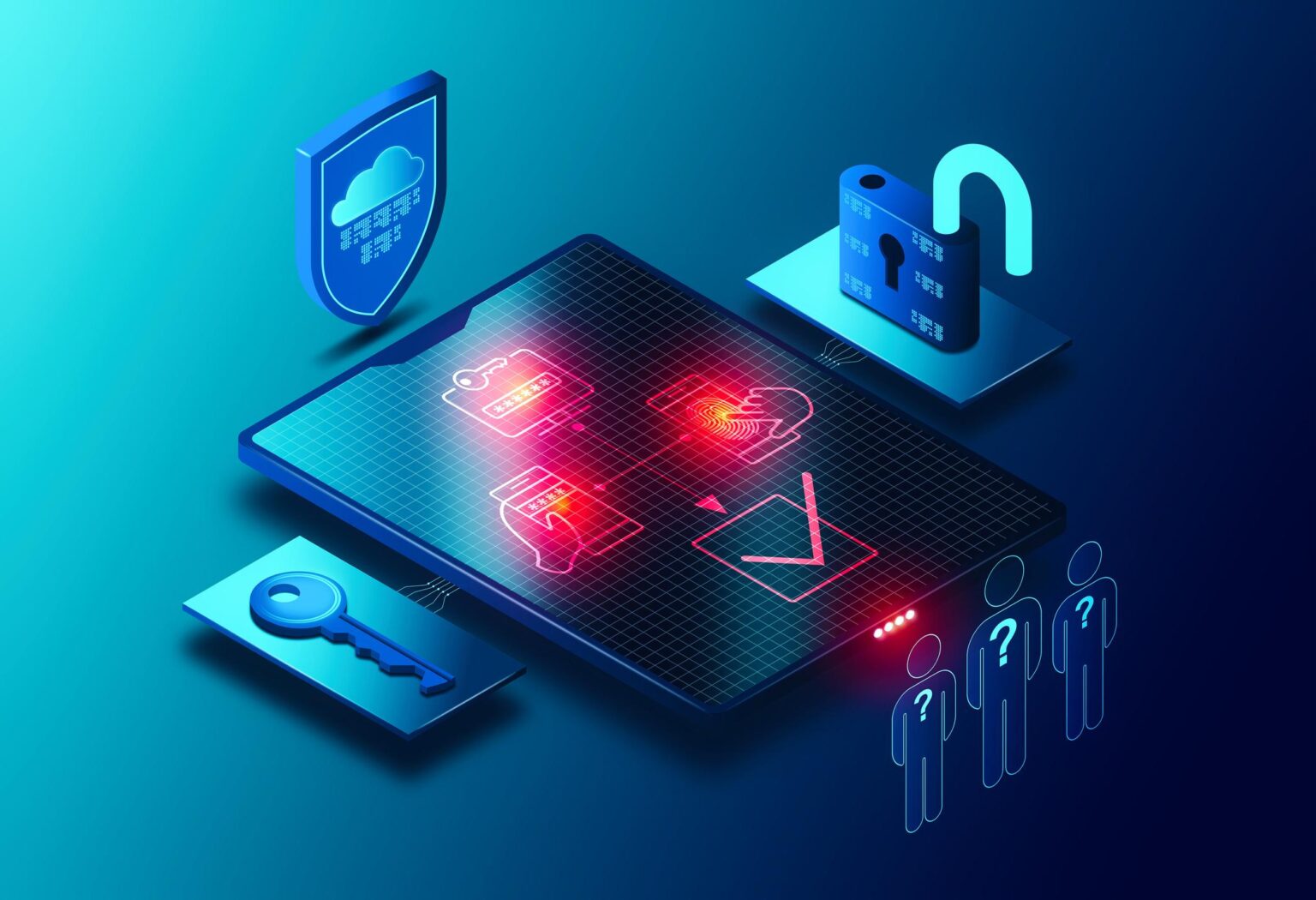You know all about two-factor authentication (2FA), we’ve been using it for years. It is a secondary layer of protection online when a username and password simply won’t cut it anymore. Instead, you will need an additional real-time code to verify your identity.
The Two-Factor Way
There are many apps you can find that support authentication using a real-time code generated in-app that is time sensitive, usually to use within a minute before it expires. However, these codes are made available in the form of either SMS, email, or an app.
In some cases, like Instagram and Twitter, they offer you a list of eight or so codes as a backup that you can screenshot and keep safe, on the chance you cannot access one of the other methods.
This could happen when travelling and Gmail or Instagram picks up that you’re logging in from a location you don’t usually log in from. Email these to yourself on more than one address. And another major reason you will need it is if your primary device gets stolen and you have no way to get into a new phone.
How Multi-Factor Changes Things
Multi-factor authentication (MFA) works the same way, except that it is tied to various methods, not just a one-time PIN. In this instance, it could be using a username, password, PIN, and biometrics.
You need to decide what options work for you, don’t wait to get hacked before you set it up. You should have more than one way to access your accounts, sometimes when setting up a new phone or travelling, you could find yourself locked out without proper alternative access.
Ultimately, MFA is designed for you to verify your identity in more ways than using a password. These days, your partner or family member may know your credentials and could get into your accounts, or if you have a shared family computer and leave your accounts signed in, which is a big security risk.
The Importance Of MFA To Businesses
The reason MFA is so important, more so in the corporate world, is that it enhances your business security, which can ultimately help prevent unauthorised access and hacks. When accessing highly sensitive data, it makes sense to use MFA like biometrics or physical hardware keys.
These security keys can be plugged into a USB-A or USB-C port to verify your identity. But other keys available include wireless connectivity through Bluetooth or NFC for mobile devices. Some have Lightning connectivity that works with iPhones and iPads.
MFA is important to set up because some of us are guilty of using the same username and password for everything. This is a massive security risk because all it takes is for one account to be hacked, and for the rest to be compromised. Other times, your primary device could be stolen or damaged.
Along with using MFA, consider using a password manager to generate difficult passwords to guess. Don’t wait to get hacked.
Stay connected and protected with Vodacom
Ensure your phone is protected. Vodacom Device Cover is designed to help you stay connected when life throws its curveballs at you.



